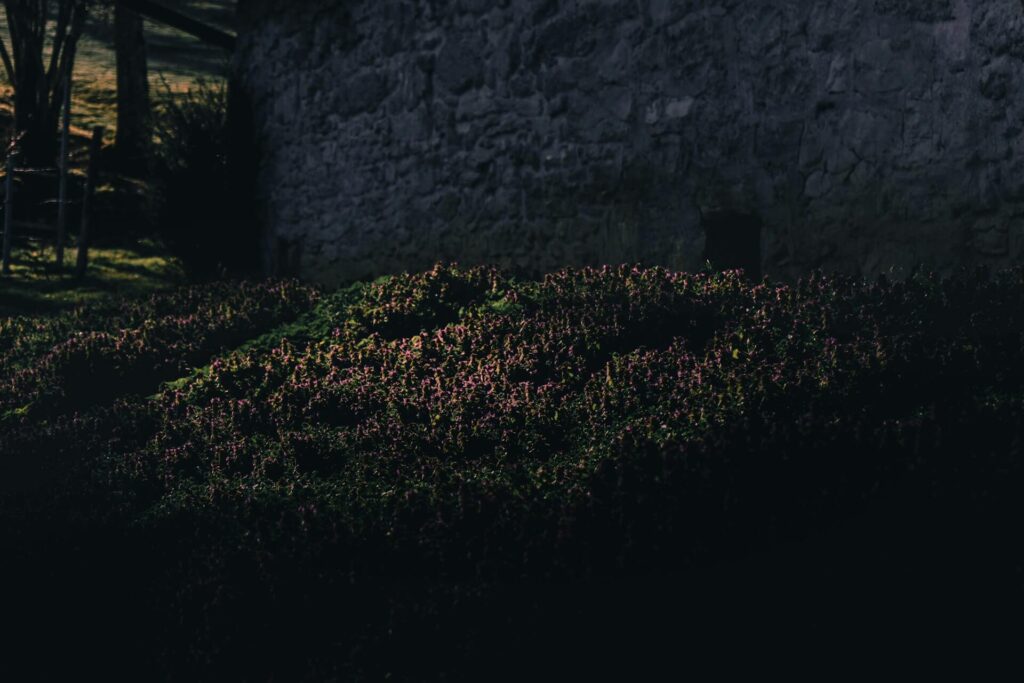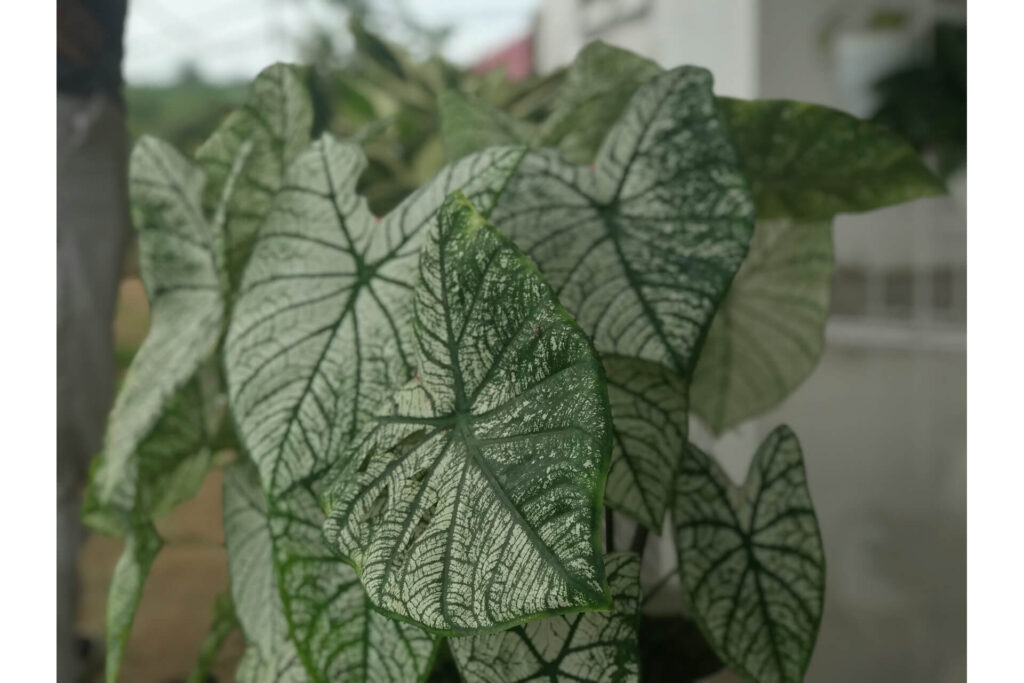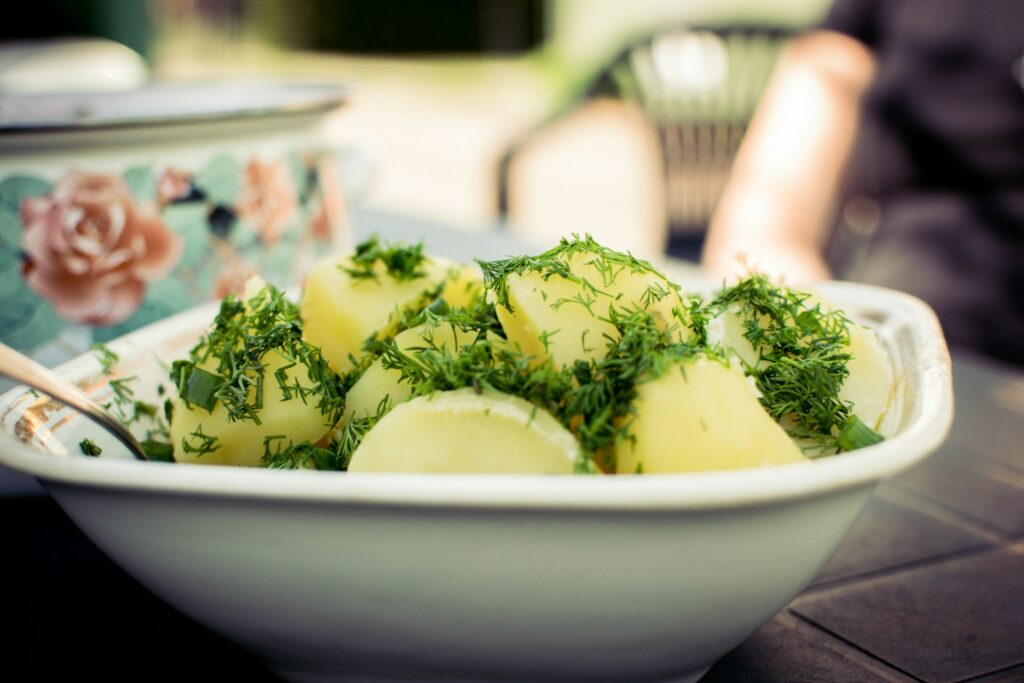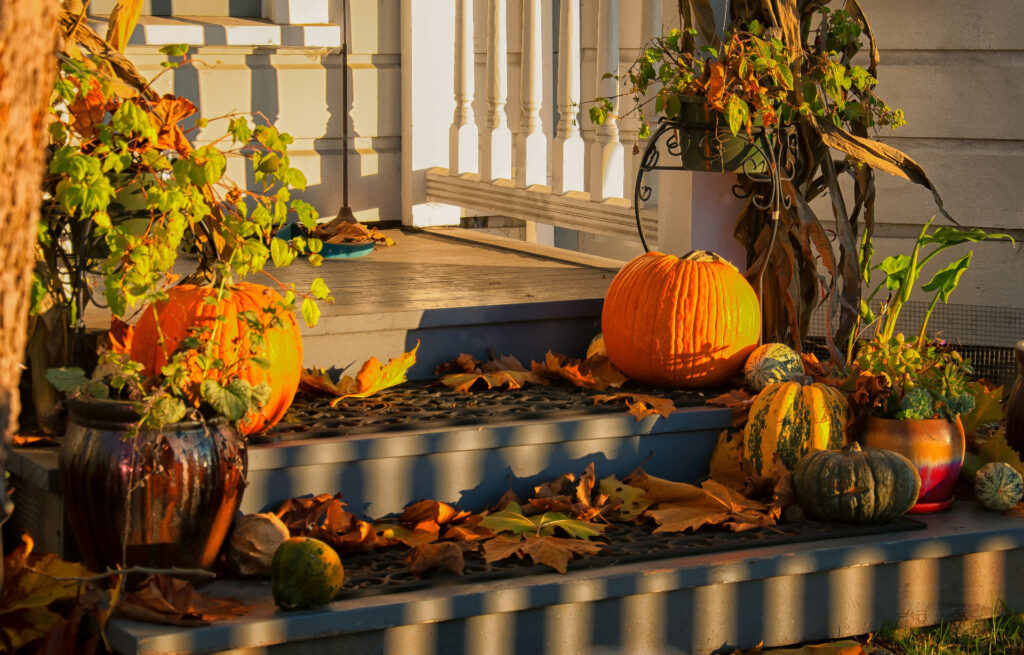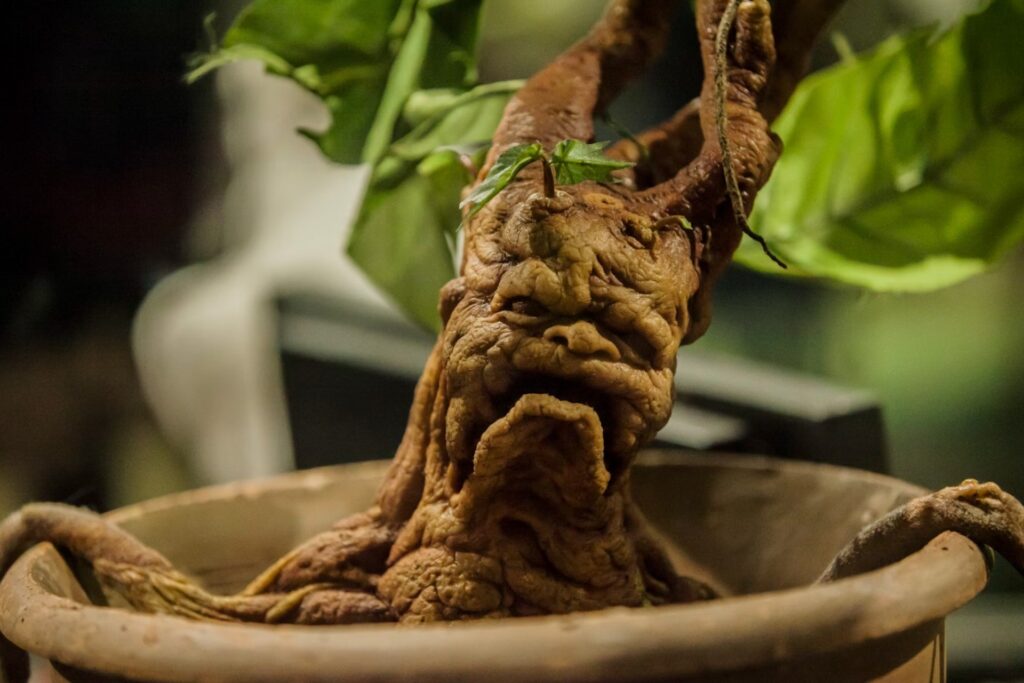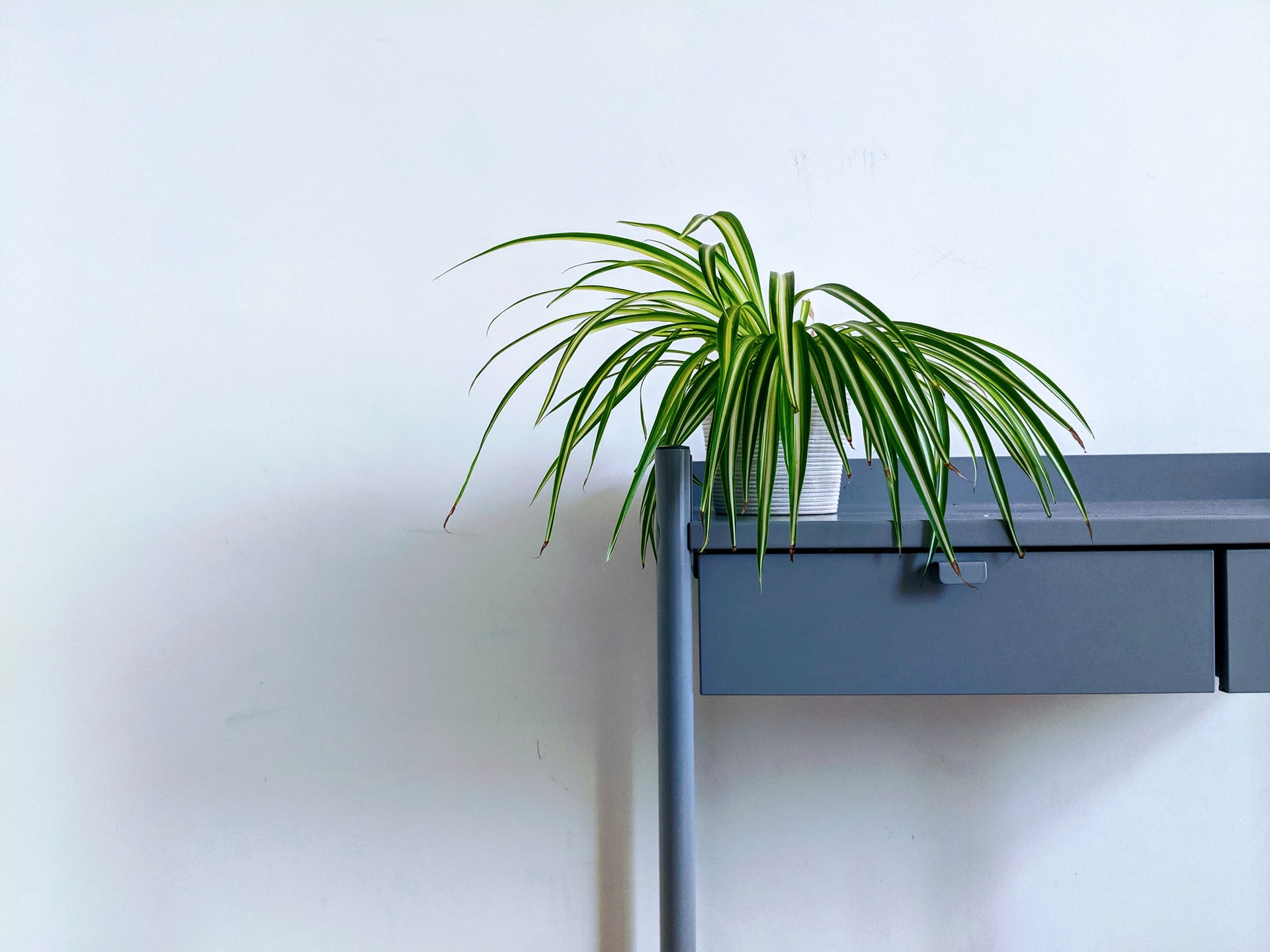
We are reader-supported. When you buy through links on our site, we may earn an affiliate commission.
Everyone knows plants need sunlight and water to grow. However, not all of them need bright sunshine to thrive. In fact, many varieties can live in low-light conditions and still bloom and grow with relative ease. Here are a few low light house plants to place in your home’s more shadowy corners.
1. Lucky Bamboo
Contrary to popular belief, lucky bamboo isn’t bamboo at all — though it closely resembles other plants within the bamboo family. However, according to feng shui, this plant is lucky. Its little shoots are virtually indestructible and still grow in nearly full-shade environments. Often, you’ll find them adorning office desks and bathrooms. If you receive one of these low light house plants as a gift, you’re sure to enjoy some extra good luck.
2. Spider
If you’re beginning to flex your green thumb, consider adding a spider plant to your home. This spiky, green houseplant is incredibly adaptable and one of the easiest to grow. While they prefer bright indirect sunlight, they’ll do just fine in a shady corner of your home. They may even produce tiny white flowers and offsets that you can propagate and plant elsewhere during the summer.
3. Pothos
Pothos is another one of our low light house plants that’s easy to grow and great for beginners. Most varieties can thrive where many others can’t and you can even get away with letting the soil dry out completely before watering again. With rope-like stem and big, leathery leaves, the pothos is sure to add an attractive pop of green to any room. Plant in a hanging basket if you want long, draping greenery.
4. Snake Plant
Mother-in-law’s-tongue — or snake plants — are some of the best low-light plants. These tall, spiky gems convert carbon dioxide into oxygen at night, purifying the air and allowing for a better night’s sleep. They can also remove harmful toxins like xylene, benzene and formaldehyde from your home. Water sparingly and place around your home for decades of clean air and chill ambiance.
5. Zebra Plant
Some people like to call zebra plants urn plants or aechmea. Regardless of what name they go by, they’ll usually hold their bloom and shapes for months in low-light environments. While they can thrive in shady areas, they do best in areas with high humidity. Use a potting soil that drains well and keep it moist to facilitate healthy growth.
6. Zanzibar Gem
ZZ plants are another low-maintenance option for beginner houseplant lovers. They only need water every few weeks thanks to rhizomes that store water under the soil. While they do best in bright indirect light, they will still grow in environments with very little light. However, they are toxic to humans and pets, causing skin irritation upon contact and an upset for those curious enough to take a bite.
7. Philodendron
If you want a long, draping plant to place in a hanging basket, the philodendron is your plant. This medium to low-light houseplant prefers dry soil between waterings and grows vines that can climb up or down poles and hangers. Even in the shade, they will bloom, but they only flower for two days at a time. Keep a close eye on this plant if you want to catch a glimpse of the process and enjoy its fragrant flowers.
8. Maidenhair Fern
Maidenhair ferns love shady areas. However, they’re a bit more particular about their growing conditions than other house plants. These ferns prefer moist, well-drained soil containing organic matter. Unlike most ferns, they grow best in more alkaline soil and prefer small containers. Maidenhairs also dislike repotting, low humidity, dry air and dry soil. If your fern does dry out, give it a good soak. Eventually, the water will revive the roots and encourage it to produce new leaves.
9. Chinese Evergreen
The Chinese evergreen doesn’t look anything like your typical Christmas tree. Instead, this easy-going foliage plant has rich, green leaves with silver patterns and even produces flowers at times. When it’s young and small, you can place it on a desk or dresser. However, as it grows, you can put it on the floor in a shady corner of your home. There, it will grow just as well as if it were in the light.
10. Monstera
You’ll recognize the Swiss cheese plant — or monstera — by the natural holes in its giant leaves. This climbing perennial can grow to be eight feet tall in your home and may produce arum-like flowers once it matures. While the monster does prefer bright to medium indirect sunlight, it will still grow in low-light conditions. Normal room humidity will also suffice as long as you don’t let temperatures drop below 60 degrees Fahrenheit.
How Low Is Too Low?
Most of the houseplants above will do just fine in low light. However, placing them in total darkness or in front of a single north-facing window may result in a very sad-looking plant. Therefore, if you have very few windows to work with or want to place a plant in a windowless room, try turning on an artificial grow light. Doing so will give your plants a better chance of survival and ensure they’re happy and healthy.
